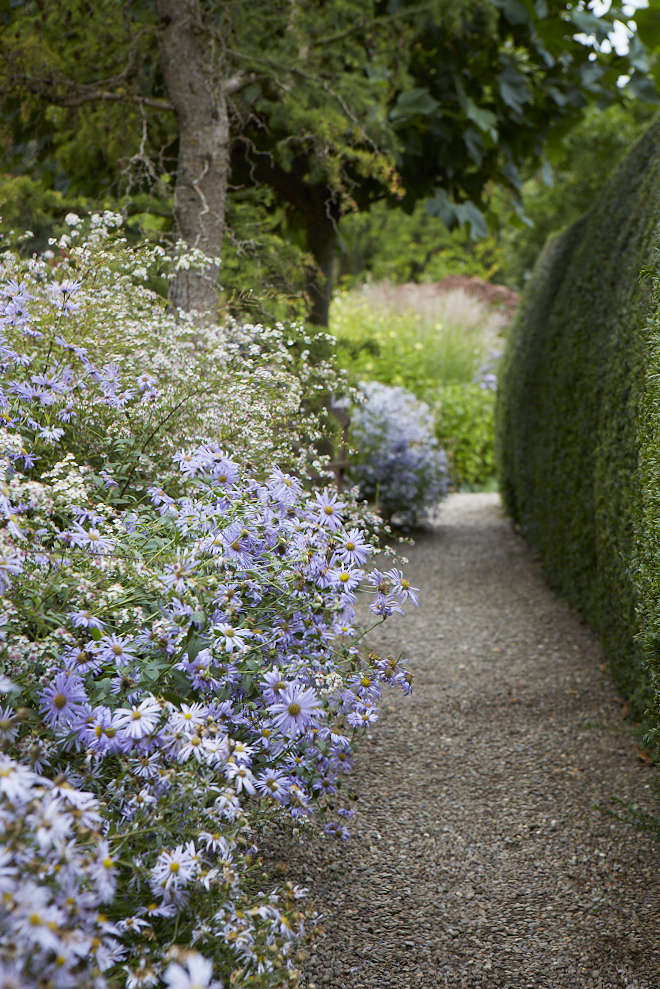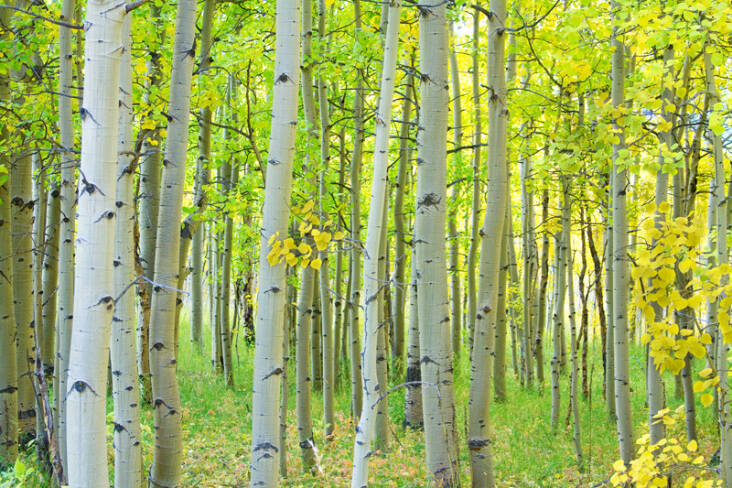Recently, after hearing the words “keystone plant,” I had to take pause. As a longtime gardener, voracious garden book reader, not to mention a gardening author, I was surprised that I didn’t know what this term meant. And because I consider myself a perennial student, too, I did a little digging. Here’s what I learned.
What exactly is a keystone plant?

As you might imagine, a keystone plant plays a huge part and has a massive effect on the diversity, abundance, and survival of other species, like insects and birds, in an ecosystem. Basically, certain plant species hold the highly connected food web and ecosystem together. An example would be a keystone holding up a Roman stone arch. Take this critical piece away and the whole thing crumbles.
The specialized relationship between plant-eating insects, birds, and keystone native plants has evolved over thousands of years. These specific, stand-out host plants provide necessary food and shelter to countless species. Without these plants, the local ecosystem and food web could be at risk for drastic change or even possible elimination. And while these critically important plants affect all animals (and of course us), it’s the insects, birds and pollinators who are most at risk.
What are examples of keystone plants?

The saguaro cactus, native to the Sonoran Desert of the southwest United States and northwestern Mexico, is one keystone species. This iconic desert plant is an important lodging spot for birds such as woodpeckers and red-tailed hawks. In addition, bats, birds, and bees feast off of the flowers, and insects, mammals, and other species enjoy eating the ripened fruit.
In the boreal forest, trees such as willows and aspens are critical habitats for birds, insects, fungi, and lichens.
Asters, with their charming daisy blooms, are host plants to over 100 species of caterpillars, plus over 30 pollinator species love dining on the pollen.
Native milkweed is the only food that monarchs will eat and is their only host plant, making it critical for the survival of this iconic butterfly.
Solidago, also known as Goldenrod, act as primary supporters in the food web for insects. Over 100 caterpillar species use them as host plants and over 40 species depend on the pollen.
Big Bluestem prairie grass is a warm-season clumping grass providing cover and nesting spots for at least 24 songbird species, plus seeds for countless sparrows.
Native oak trees help support a diverse and abundant amount of birds and are considered the most valuable host plant in North America. Oaks are superior in hosting caterpillars (897 species), which birds need to eat copious amounts of.
Why should you care?

The world’s plant and animal diversity is dwindling at alarming rates. Keystone plants are critical to stemming the loss. We can all help by acting on a few small, but important ideas:
- Remove or at least reduce your thirsty, monoculture lawn. The sad truth is that lawns eliminate ecosystems and food sources for song birds and other wildlife. Diversity of plants creates a stable ecosystem, especially during times of climate crisis. This means convert your grass to a billowy meadow, a pollinator garden or mix of keystone native plants and nectar-and pollen-rich flowers.
- Add native plant species to your gardens and consider stormwater management systems like rain gardens, swales, and berms. The idea is to prevent the introduction of invasive plant species, plus native plants help keep pollution from entering waterways when planted near lakes, rivers and shores.
- And, of course, garden organically to eliminate toxic pesticides, herbicides, and other nasty pollutants.
For more on sustainable gardening, see:
- The Garden Decoder: What Is ‘Permaculture’?
- Rice Hulls: A Better, Eco Alternative to Perlite in Soil Mixes
- The Garden Decoder: What Is Green Mulch?









Have a Question or Comment About This Post?
Join the conversation